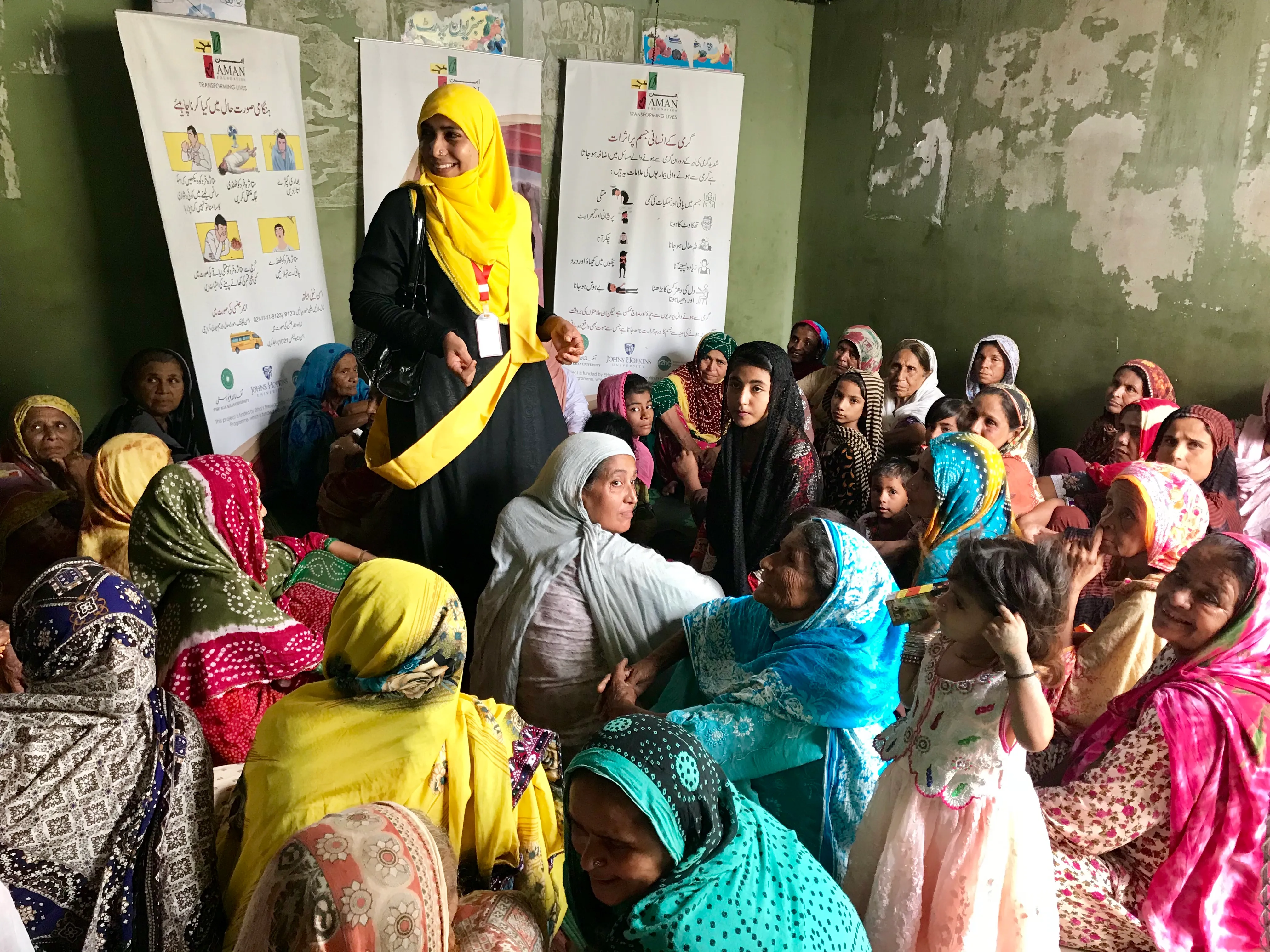OpenAerialMap - a consultative approach to innovation

OpenAerialMap’s current reboot has had a consultative process from the beginning. This began even prior to applying to the Humanitarian Innovation Fund when we brainstormed together with our community to see what problems we could work on by making a proposal to the fund. The process has continued since beginning our work on the project and there have been two major themes that have emerged, namely the importance of partnerships and technical design.
Partnerships
Something that has been really exciting about the reboot of OAM is how many organizations are now interested in forming partnerships. This is in sharp contrast to just a few years ago when I would ask about the possibility of openly licensed imagery and most traditional providers weren’t even interested in talking. There is of course more freely available imagery today and this will be a key component of a well-stocked imagery service through OAM. Having organizations willing to host nodes is also important. Perhaps it is because of the greater variety of companies and institutions currently hosting imagery, but there is apparently no shortage of willing participants to host nodes.
A final component of partnerships is of course the users. Many different communities, individuals and organizations are excited about easier access to imagery and while our initial focus is humanitarian, there are many other possibilities. Environmental monitoring comes first to mind, but as is often the case, once it is “in the wild” we will start to see consumers and applications that we couldn’t even have imagined there would be.
Technical Design
Over the months we’ve focused on getting the technical design right. We were fortunate that the original distributed design is a really solid concept, but determining details has been a focus now prior to building. Similar to the old carpenter mantra of “measure twice, cut one” this design process has proceeded carefully and with an attention to detail. We can’t design forever though, and building is beginning with an initial emphasis on the search catalogue. In talking to perspective partners and technologists it became really clear that being able to search all available imagery is really a pain point right now. There are multiple places and ways to host imagery, but one really can’t see everything that is available in one place. So by building the catalogue first we start with having something that is immediately useful.
Something we learned in our discussions about design is being able to hook into many different imagery provider systems. We really thought about “what does it mean to be part of an OAM node?” Providing imagery is really important and enabling this search through the catalogue. The backend of how the imagery is being served and provided isn’t really that important over all, though it is somewhat pointless if it isn’t discoverable.
To see what we’ve come up with our documentation and design are available and can be directly commented on the page or for the technically inclined forked on Github and send us a pull request. This website will be the basis of eventually all the documentation specific to OAM, including user manuals and technical deployment. Watch as we grow and further develop the project.
Outreach
As the project picks up pace and we begin to focus on building out the tools and pieces of OAM we also want to continue to build our partnerships, both from a technical and user perspective. Key to this is consulting people that have needs and making it easier for those that can help to do so. Here are some places we hope to see you in the next couple months.
Stay updated
Sign up for our newsletter to receive regular updates on resources, news, and insights like this. Don’t miss out on important information that can help you stay informed and engaged.
Related articles



Explore Elrha
Learn more about our mission, the organisations we support, and the resources we provide to drive research and innovation in humanitarian response.